Proportion parameters of hand-brewed coffee powder recommended brewing ratio of hand-brewed coffee standard
We all know that proportion is an important parameter for making coffee and an important means to control the extraction rate and concentration of coffee. Therefore, it will attract everyone's attention. In the messages in the background, Qianjie often sees friends asking about some very detailed questions about the proportion, just to talk about Qianjie's views on the proportion.
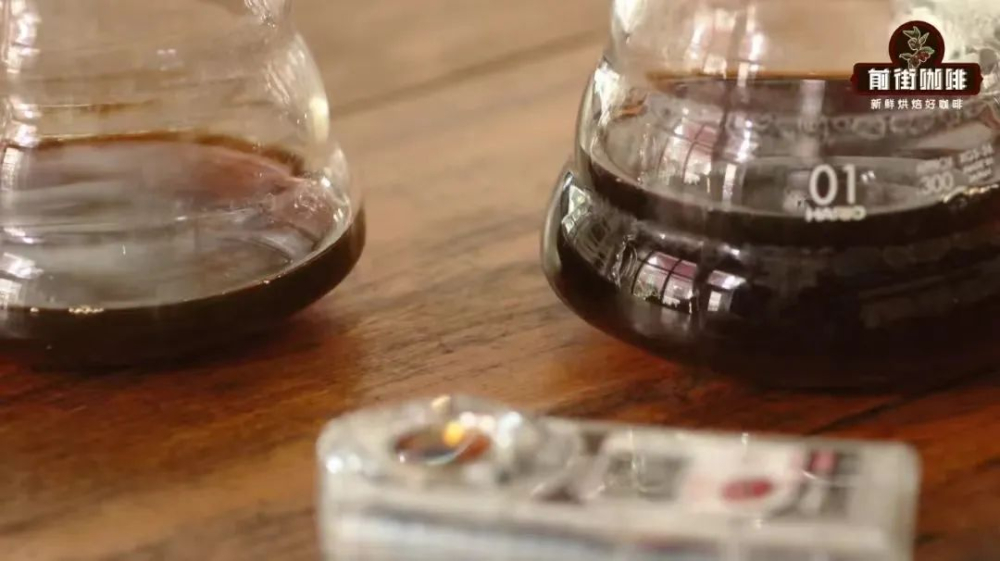
Looking for the golden ratio from the gold cup extraction chart? When we understand the parameter of scale, we must not be able to get around one picture, that is, the "gold cup extraction" picture. There is an area in the middle of the picture-the extraction rate is 18-22% and the concentration is 1.15-1.45%. The coffee tastes better when it reaches this area. And a diagonal line is the ratio of coffee powder to water.
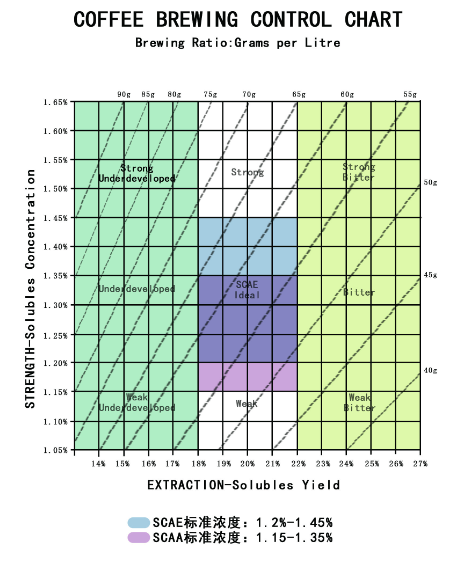
It can be seen here that the proportion that can hit this area is about 1:14-1:20, and it is easier to hit this area at 1:17. If the powder-water ratio is recommended according to this picture, it should be 1:17. But it is obvious that 1:17 is relatively rare in the proportion of hand coffee used today. There are many friends who see that this picture is different from the proportion commonly used in reality, which raises a lot of questions. This is because we all know this picture, but we seldom know where it came from. This gold cup extraction diagram was deduced by Dr. Lockhart's team through a large number of "native law experiments" from 1952 to 1975. At that time, hand-brewed coffee was not popular in the United States. if you look carefully at the change in the ratio of powder to water in that picture, you will find that the table achieves the change in proportion by changing the amount of powder, and the amount of water is maintained at 1L. Therefore, the brewing apparatus used in the experiment at that time may be a large-capacity trickling filter device popular at that time. And we know that the changes that affect the extraction rate and concentration of coffee are not only the ratio, but also the parameters such as grinding degree and time. At that time, the grinding degree of the experiment was about the size of coarse sugar, the water temperature was about 96 degrees, and the extraction time was 4-8 minutes. The division of this golden cup area is based on the sample feedback of nearly 10,000 people on the street, which was later revised by professional research institutions. Coupled with the fact that the quality of coffee at that time was very different from that of now, the significance of this picture is to help people understand the relationship between proportion and extraction rate and concentration. The golden cup area inside can only be used for reference. Make coffee with too much or less 5ml, what's the difference? There are also some friends who would like to know, 15g powder, injection of 220,225, 230ml water how much difference? Here comes the question of a threshold. For example, the 1:15 ratio is the standard ratio, we can not be so accurate when making coffee every time to 225ml, ±2ml is also human.
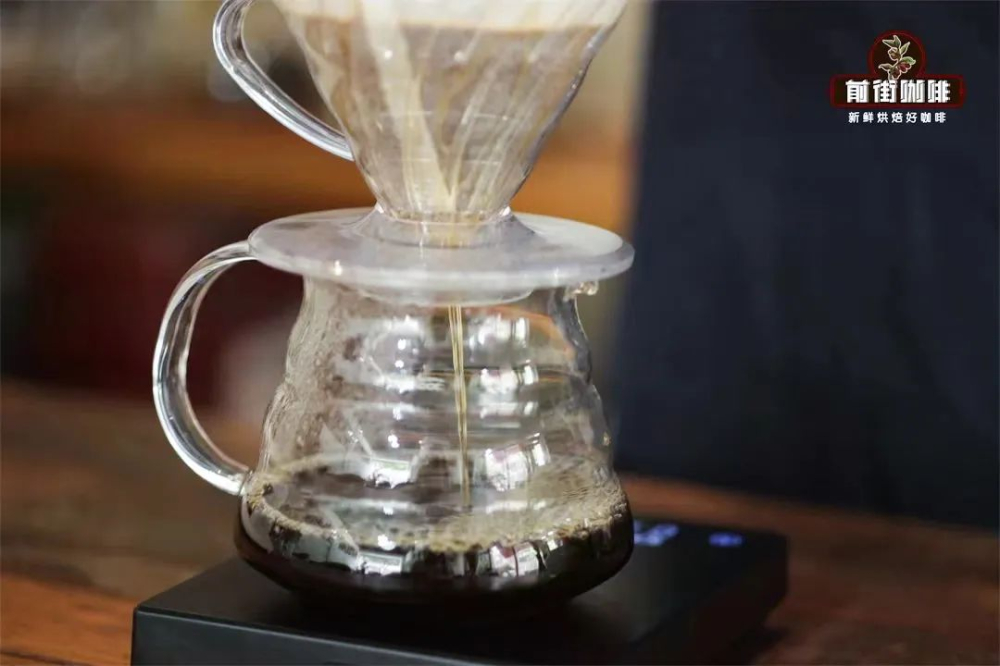
But when we come to the 5ml gap, we will drink differently. Qianjie also brews these three kinds of coffee in the store at the same time for guests to taste, with a total of 5 people, all of them can accurately distinguish the water injection arrangement of the three cups of coffee. Four of the guests said the three cups of coffee were acceptable, one guest said that 220ml was too rich, and the latter two were acceptable. Of course, the experiment is informal, with a small sample size and a lack of rigor. But it can also show that in the proportion of 1:15, the difference in water injection 5ml can be distinguished, although there is a difference in taste, it is still within an acceptable range.
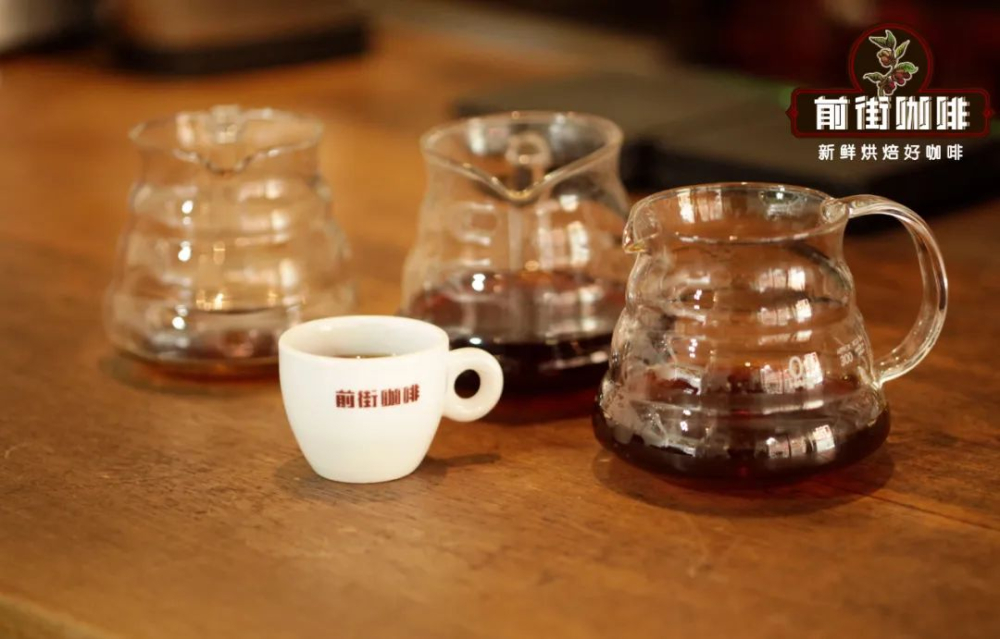
Is there a golden ratio for hand-brewed coffee? In fact, the brewing ratio of coffee is not so strict, it is not good to come out at 1:15, but it must not be good at 1:16. When making coffee, be sure to find a high threshold ratio. For example, when brewing lightly roasted coffee beans to highlight the flavor of coffee, Qianjie suggests setting this threshold at 1:15-1:16, although there is a very obvious difference between 1:15 and 1:16 coffee. 1:15 will show more full-bodied, 1:16 flavor will be more rich. But it is easy to make good coffee in this area. As for brewing deep-roasted coffee, the ratio of 1:13 to 1:15 is recommended in Qianjie. For example, some regular customers in Qianjie like strong coffee. Qianjie will use the ratio of 1:13. The high concentration of coffee liquid can restrain the bitter taste rather than send it out. A higher concentration will also add some fullness to the taste.
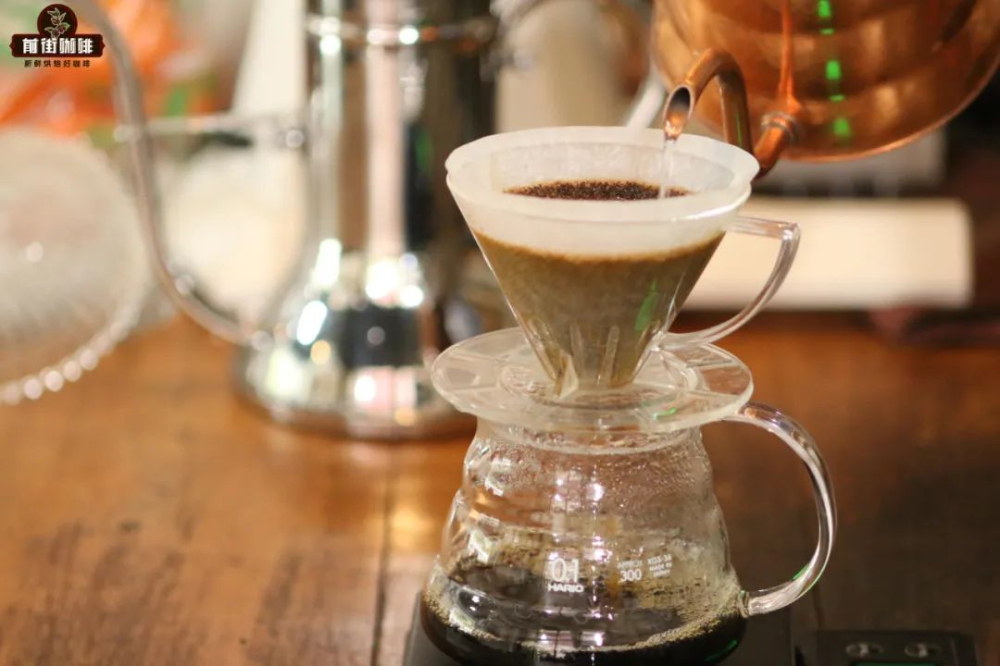
If other parameters are matched properly, the ratios of 1:17 and 1:20 may not be bad. On the front street, I tasted a shallow roasted coffee with a proportion of 1:20, which exudes the fragrance of light flowers, tastes very sour, the berries are very sweet, and I don't think the coffee is very light and thin at all. Proportion is one of the integrated parameters, such as the degree of grinding will affect the threshold of the ratio, when the coffee powder is ground to a relatively fine degree, the water is easier to extract coffee flavor substances, but also affect the speed of launching. Then it is possible that the coffee brewed at 1:15 performs well, but at 1:16 it has a bad taste. On the other hand, grinding the degree of grinding a little bit, it performed very well at 1:15 and 1:16. Therefore, when discussing the ideal powder-water ratio, it is impossible to discuss it independently, and it is the ideal ratio to be integrated into other parameters to match each other.
Important Notice :
前街咖啡 FrontStreet Coffee has moved to new addredd:
FrontStreet Coffee Address: 315,Donghua East Road,GuangZhou
Tel:020 38364473
- Prev

Common sense of coffee making the difference between American hand brewing and Japanese hand brewing
There is a difference between American style and Japanese style. Although both American and Japanese styles may make the same filter cup, there are some differences in roasting, grinding, filter paper, water temperature and manipulation of coffee beans. The biggest difference is that American hand brewing requires stirring coffee powder with a stirring stick at the same time, which is similar to the way we do siphon pots, while Japanese, Korean, Taiwan and domestic hand coffee only draws circles with water and never uses it.
- Next
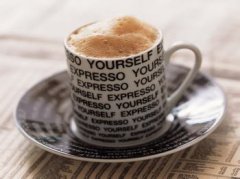
How do you brew Italian coffee beans? What kind of equipment should I use?
What are Italian coffee beans? In a nutshell, it's Italian coffee beans. Use two or more kinds of individual coffee beans to form a kind of coffee beans, also known as Italian coffee beans. Second, the reasons for the blending of Italian coffee beans? Although some fixed varieties of coffee can be drunk directly as individual coffee, most of the coffee exists or more in flavor.
Related
- Beginners will see the "Coffee pull flower" guide!
- What is the difference between ice blog purified milk and ordinary milk coffee?
- Why is the Philippines the largest producer of crops in Liberia?
- For coffee extraction, should the fine powder be retained?
- How does extracted espresso fill pressed powder? How much strength does it take to press the powder?
- How to make jasmine cold extract coffee? Is the jasmine + latte good?
- Will this little toy really make the coffee taste better? How does Lily Drip affect coffee extraction?
- Will the action of slapping the filter cup also affect coffee extraction?
- What's the difference between powder-to-water ratio and powder-to-liquid ratio?
- What is the Ethiopian local species? What does it have to do with Heirloom native species?

